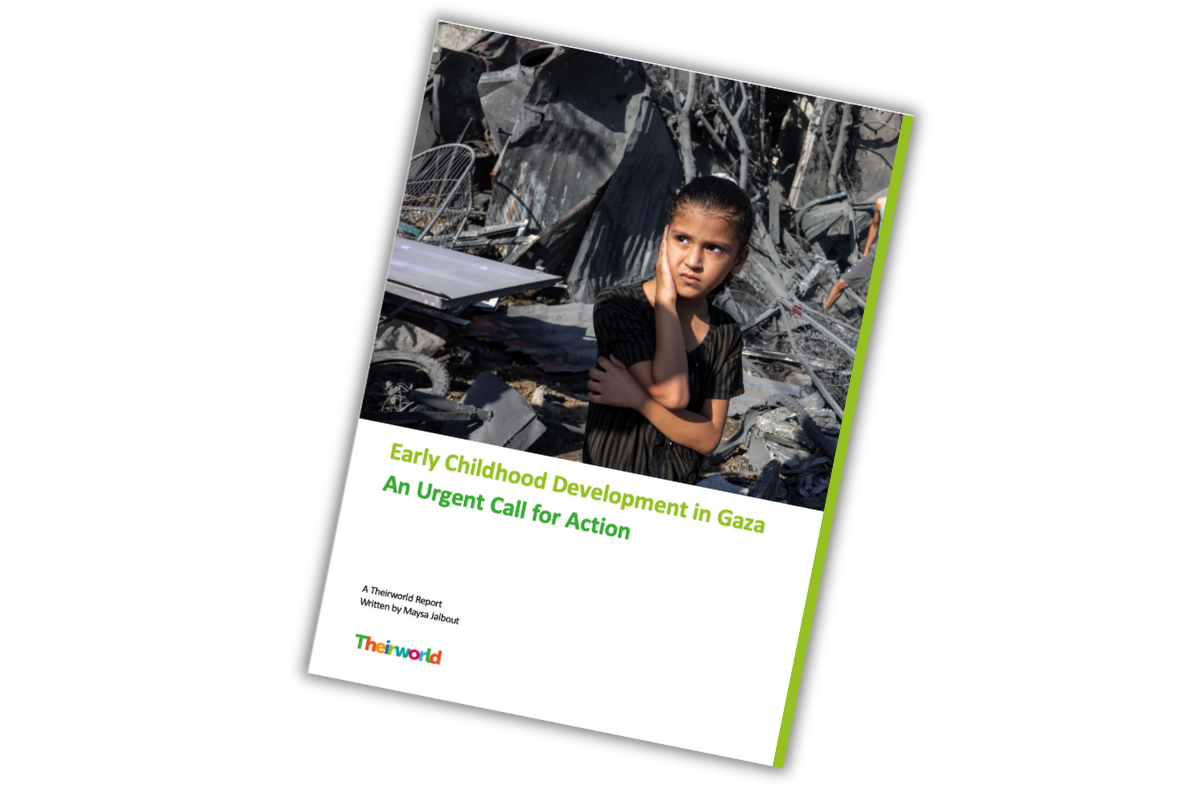
Rohingya refugee children need urgent help to deal with their trauma
Children in conflicts, Early childhood development, Education in emergencies, Refugees and internally displaced people, Safe schools
Safe spaces and schools are vital if huge numbers of children fleeing from violence in Myanmar are to recover from their toxic stress.
Almost 60% of the Rohingya refugees fleeing ethnic atrocities in Myanmar are children – and many are escaping on their own.
Stories of violence against women and children – villages burned, infants thrown in rivers, toddlers and mothers shot – abound from makeshift camps in neighbouring Bangladesh, where survivors are struggling to find clean water, food and proper shelter.
Hundreds of children at the camps have been separated from their families and the numbers are growing daily.
They have been exposed to trauma on an extreme scale in what United Nations human rights spokesman Zeid Ra’ad Al Hussein called “textbook ethnic cleansing” in western Myanmar.
“These children have been through a terrible experience. They are heavily traumatised,” said Fatema Khyrunnahar, a child protection officer with UNICEF, who is working to set up child-friendly spaces in the camps.
She has worked with children in distress before but says the tragedy of the children in these refugee camps is overwhelming.
“They are under so much stress,” said Khyrunnahar.
Toxic stress is a real enemy of children in conflict zones. When they are exposed to periods of prolonged fear, chronic neglect or abuse, poverty and hunger, a child’s stress response will go into overdrive with devastating consequences.
During trauma like this, a young child’s “brain architecture” begins to change – leading to physical and mental health issues later on in life.
Children need to be in safe spaces or safe schools as quickly as possible to give them a sense of security and normality. Children who don’t have these safe places are also at risk of human trafficking, sexual abuse, child labour and child marriage.
With that in mind, the Education Cannot Wait fund has given $3 million of immediate funding for the education of Rohingya children.
They need to feel safe. Some have been six days walking through the rainforest. Jean Lieby, chief of child protection for UNICEF Bangladesh
The Rohingya are a minority ethnic Muslim group who have lived in Rakhine state for generations – but they are not recognised by the state.
60% of Rohingya children in Myanmar have never been to school and an estimated 80% of Rohingya people are illiterate.
Since 2012, violence and communal clashes have forced thousands of them to flee, including a large number of women and girls. But a military crackdown on insurgents in recent weeks has led to 480,000 Rohingya crossing the border into Bangladesh in the past month.
In the camps there, UNICEF has already set up more than 30 child-friendly spaces where children can play, sing and have books read to them. An oasis of comfort in the war-torn wilderness.
“They need to feel safe,” said Jean Lieby, chief of child protection for UNICEF Bangladesh. “Some have been six days walking through the rainforest.”
More than 18,000 children have received help through the child-friendly spaces since August. But many more still need comfort and counselling.
Schools bags and early childhood development kits are among the supplies being sent to the camps. However, the schools in the established camps are being turned over as shelters to the new arrivals.
Of the makeshift camps, Pavlo Kolovos – the Bangladesh head of mission for Doctors Without Borders – said: “Most of them are just homemade tents that are made from a few skinny bamboo poles that have been either found or purchased, stuck into the ground.
“They are tied together with a piece of plastic sheeting thrown on top and another one on the ground if they’ve got it. Space is at a premium.”
The United Nations Population Fund estimates there are 24,000 pregnant women among the refugees in Bangladesh.
Aid agencies have also warned of the growing humanitarian crisis for the refugees once they have reached the sanctuary of the camps as water, food rations and medical supplies are running out.
George Graham, Save the Children’s Director of Humanitarian Policy, said: “In and around Cox’s Bazar, a Bangladeshi district near the Myanmar border, thousands of Rohingya families including children are sleeping out in the open or by a roadside because they don’t have anywhere else to go.
“Some don’t have enough food or clean drinking water – and this state of uncertainty increases the risk of children being exploited, abused or even trafficked.”
Filippo Grandi, head of the UN refugees agency UNHCR, has just visited Bangladesh to see the Kutupalong camp and its sprawling new extension. The camp was set up in 1992 in response to previous refugees from Myanmar and has schools, health and community centres.
“People have fled unspeakable violence and their needs are enormous,” said Grandi. When he asked mothers what their children needed most, they replied: “Everything.”

More news

Education under fire: The laptops helping thousands of Ukrainian students rebuild their future
